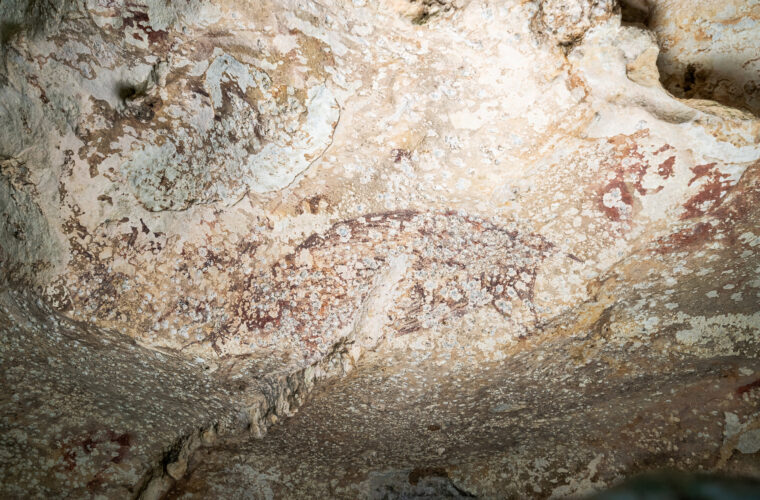Lauren Schroeder’s fascination with dinosaurs and bones started at a young age, eventually leading her to pursue a Ph.D. in paleoanthropology at the University of Toronto. Her passion culminated in an extraordinary connection with a 2-million-year-old Homo habilis skull, permanently etched on her forearm. Explore Lauren Schroeder’s journey, from childhood dinosaur love to reshaping paleoanthropology, in this 4imag feature: learn how her groundbreaking work challenges old ideas about human evolution. Schroeder’s story isn’t just about bones; it’s about rewriting our understanding of the past.
Academic journey
Schroeder’s academic journey has been marked by a groundbreaking shift in perspective within paleoanthropology. During her PhD studies in South Africa, she challenged the prevailing emphasis on natural selection as the sole driver of evolutionary changes. Feeling something was amiss, she delved into the often-overlooked realm of nonadaptive processes like genetic drift and gene flow.
Her research has since demonstrated that these nonadaptive processes play a more significant role in evolution than previously acknowledged. Benjamin Auerbach, a biological anthropologist at the University of Tennessee, Knoxville, notes that Schroeder’s work is transformative and could alter the discourse on human evolution.
Schroeder’s primary focus is understanding the evolution of body features, or morphology, in humans and animals. Due to the lack of usable DNA in fossils, she relies on precise measurements, established theory, and statistical analyses.
Her travels across Africa involved scanning and analyzing fossil Homo skulls spanning millions of years. While some features showed signs of adaptation, like changes in jaw shape driven by diet, others, such as braincase shape, seemed influenced by genetic drift, a nonadaptive process.

Studying modern animals
Studying gene flow – the spread of genes between populations through breeding – she explores the possibility of hybrids in the fossil record, offering insights into evolutionary processes. Using coyote-wolf hybrids as a model, Schroeder has identified morphological patterns consistent with other hybrids, paving the way for a framework to determine fossil hybrids.
Beyond her scientific contributions, Schroeder has been a trailblazer in addressing diversity and representation issues within paleoanthropology. Growing up in South Africa, she noticed the lack of African researchers. In a recent report, she revealed that less than 5 per cent of papers published in the Journal of Human Evolution from 2016 to 2021 were authored by African researchers. As a Black African woman, Schroeder faced challenges such as biased paper reviews and blatant racism but credited her mentors and the Black in BioAnth Collective for their support.
Despite the progress, she emphasizes that paleoanthropology remains predominantly white. Schroeder, now a professor at the University of Toronto, acknowledges the strides made but underscores the need for continued efforts to diversify the field. As the first in her family to attend university, securing tenure is a significant achievement for Schroeder, bridging the gap between her journey and her groundbreaking contributions to paleoanthropology.



